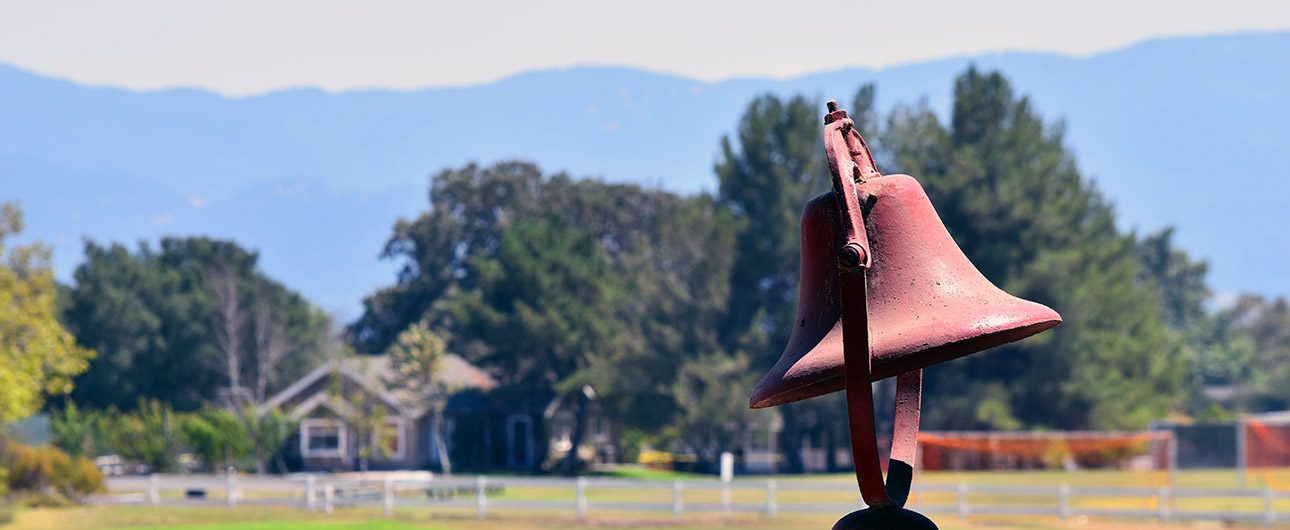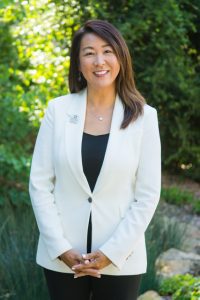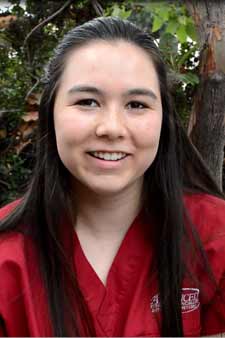By Dr. Susan Salcido
Superintendent of Schools
The long-awaited answer about what schools will look like in the fall was delivered on July 17 when Gov. Gavin Newsom announced all public and private schools in counties on the state’s monitoring list, which includes Santa Barbara County, must open via distance learning. This includes all public, private and charter schools serving students from transitional kindergarten through 12th grade. Preschools may continue to serve children and families.
Although data, orders, and guidance related to COVID-19 change frequently, this update on our schools aims to shed light on what we know today about the beginning of the 2020-21 school year.
Until last Friday, most districts throughout the state had operated under the assumption that reopening models would be decided for each district by its board of trustees after meeting local, state and federal requirements, and receiving input from multiple stakeholders, including staff and parents. Governor Newsom’s order specified the model that our county’s schools, and many others in the state, are now required to follow.
Over the past months, countywide and district workgroups have been consistently and regularly meeting and planning for the fall, considering various options that balance the health and safety of students and staff, with the need to provide a robust education for all students. Emerging reopening plans met all public health requirements; each detail was rigorously analyzed and evaluated, with six feet of physical distancing as a leading parameter. Plans looked at daily health screenings, transitions between classes, transportation, face coverings, food services, and increased cleaning, among many other factors. Based on the requirements for physical distancing within facilities and with available resources, plans ranged from full on-campus learning to a hybrid model to full distance learning, knowing that movement between the models could be required as our county’s metrics change.
During the initial response to the pandemic, schools focused on meeting students’ essential needs, including providing grab-and-go breakfasts and lunches, distributing devices and hot spots for remote access, working with external partners to support free and low-cost connectivity, and providing teacher support for remote instruction. During this time, the state and federal government offered flexibility for schools in the areas of assessment, attendance, and grades, which was needed, but also added to some inconsistency across the state.
This fall, however, will be different. New California law outlines the expectation that all public schools, whether in-person, online or a hybrid, will meet specific standards for instruction, engagement, assessment and attendance during this pandemic. Schools will provide a minimum of 3 hours of instruction per day in kindergarten, 3 hours and 50 minutes per day for grades 1-3, and 4 hours for grades 4-12. Each weekday will include interaction between teachers and students for the purposes of instruction, tracking progress, and maintaining school connectedness, and will include off-line assignments as well. Schools will develop plans for re-engaging absent students, and districts will adopt learning continuity and attendance plans by September 30.
The Governor’s guidance, provided by the California Department of Public Health (CDPH), allows schools to open for in-person learning once the county has been off the monitoring list for 14 days. Elementary schools may apply for a waiver from local public health departments, which, if granted, would allow them to open for in-person instruction. The waiver process involves consultation between Santa Barbara County Public Health Department (SBCPHD) and school partners, and a review of the county’s epidemiology. As of this writing, CDPH has not yet released a specific process or criteria for approving waivers. The Santa Barbara County Education Office, along with school leaders, will continue to work closely with SBCPHD and our school liaison to understand the criteria once it is released by CDPH.
With only a few weeks until schools begin across our county, we continue to focus on equity as one of the core principles guiding school reopening. School teams are reexamining student success through the lens of equity, under the full distance learning model. We know that students at-promise, foster youth, youth experiencing homelessness, English learners, students with Individualized Education Plans — all students — deserve to be seen, heard, understood, motivated, supported and included in every school model.
And while a part of student success depends on material support like technology and connectivity, another necessity is addressing the social and emotional needs of students, families and educators. We appreciate the broad range of community partners who provide essential support in the areas of mental wellness, food continuity, internet connectivity, child care and preschool services and so many other critical areas. We are grateful for their work every day, and particularly throughout these uncertain times.
We recognize that all school reopening models have real and significant impacts on our entire community, including students, teachers, staff, parents, family and employers. Youth of all ages need varying levels of supervision and care during the day. Remote schooling adds complexity as parents and guardians balance the support of student learning at home while managing work and home responsibilities. We know that teachers will focus on supporting all of their students, however, many are parents as well and will need to coordinate care for their children while teaching. There is not a one size fits all answer, but we will continue to find solutions, together.
We all want to see students and staff back in our classrooms, meaningfully connecting with one another in person, when it is safe to do so. We can get there more quickly by following practices that are known to be effective: wearing face coverings consistently and correctly, maintaining physical distancing as much as possible, and washing hands or using hand sanitizer frequently. Getting back to school, in person, depends on all of us.








